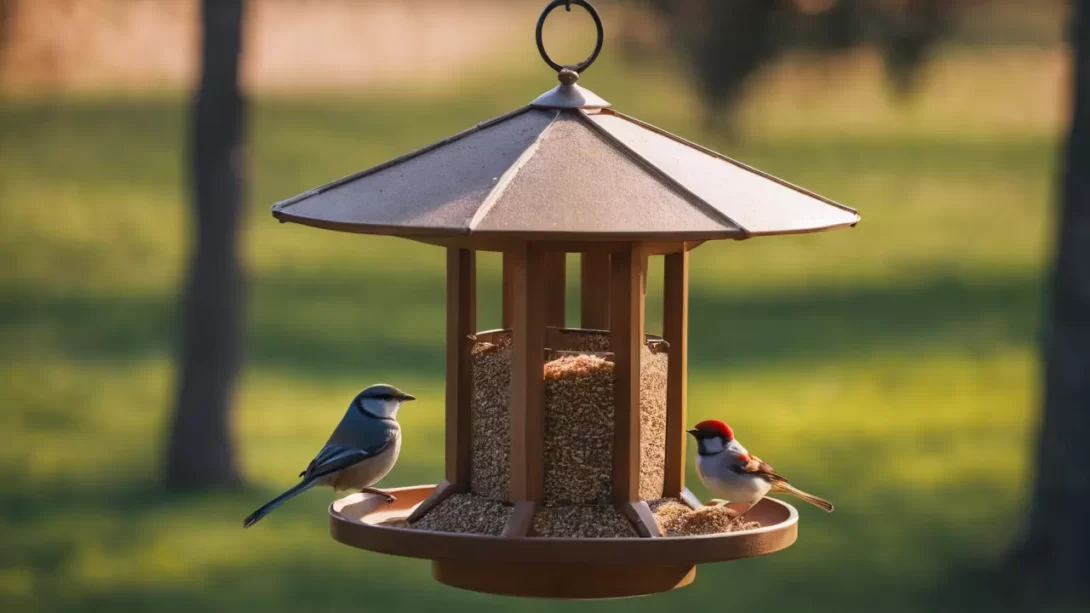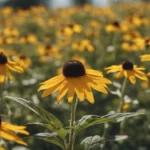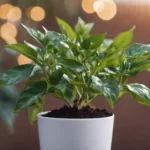Bird feeding is a delightful hobby that brings nature close to home. However, it can be puzzling and even disheartening when birds aren’t visiting your feeder as expected. This article aims to uncover the reasons behind this and provide effective solutions to attract a variety of birds to your yard.
Factors Influencing Bird Attraction to Feeders
Several key factors can significantly impact whether birds are attracted to your feeder. Understanding these can help you make necessary adjustments.
Location of the Feeder
The location of your bird feeder plays a critical role in its attractiveness to birds:
- Visibility: Feeders should be placed where they are easily visible to birds. However, they should also be close enough to natural shelter like trees or shrubs to provide birds with a sense of safety.
- Safety from Predators: Birds avoid feeders that are too exposed or close to potential hiding spots for predators like cats. Ensure your feeder is in a spot that feels safe for birds to visit.
Type of Bird Feed
What you put in your feeder can determine which birds are attracted to it:
- Variety of Feed: Different bird species have different food preferences. Offering a variety of feed like sunflower seeds, millet, nectar, or suet can attract a wider range of birds.
- Quality of Birdseed: High-quality, fresh birdseed is more appealing to birds. Cheap or stale seed, or those with lots of fillers, may not attract many birds.
Feeder Cleanliness and Maintenance
Keeping your bird feeder clean and well-maintained is essential:
- Cleanliness: Regular cleaning of bird feeders is crucial to prevent the spread of diseases among birds. A dirty feeder can be a health hazard and deter birds.
- Maintenance: Regularly check your feeder for damages and ensure it’s functioning correctly. A feeder that’s difficult to access or use may not attract many birds.
Seasonal and Migratory Patterns
Bird feeding patterns can change with the seasons and due to migration:
- Seasonal Changes: Some birds change their diet with the seasons, while others may migrate. Understanding these patterns can help you adjust the type of food you offer.
- Migratory Birds: If migratory birds are passing through your area, you might see a change in the types of birds visiting your feeder.
Competition and Predation
The dynamics of the local bird population and the presence of predators can significantly influence bird feeder activity:
- Dominant Species: Sometimes, more dominant bird species can take over a feeder, discouraging other birds from visiting. Consider using multiple feeders spaced apart to reduce competition.
- Squirrel Competition: Squirrels often compete with birds for food. Using squirrel-proof feeders or baffles can help ensure that food is reserved for birds.
- Predator Presence: The presence of cats or birds of prey in the area can deter birds from visiting your feeder. Placing feeders in locations where birds feel safe can help.
Additional Attractants and Environmental Factors
Creating a bird-friendly environment goes beyond just providing food. Consider these additional attractants:
- Water Sources: Adding a birdbath or a water feature can attract birds. Birds need water for drinking and bathing, and a clean water source can be a significant draw.
- Shelter and Nesting Sites: Providing shelter, such as shrubs, trees, or nesting boxes, can make your yard more inviting. This offers birds a place to hide from predators and harsh weather, and possibly a spot to raise their young.
- Native Plants: Incorporating native plants into your garden can attract birds by providing natural food sources and nesting materials.
Environmental Factors
The broader environmental context can also impact bird activity at feeders:
- Pesticide Use: The use of pesticides in your garden can deter birds, as it reduces the availability of their natural food sources like insects.
- Habitat Loss: Local habitat loss can reduce the native bird population. By creating a bird-friendly habitat, you can help mitigate some of these effects.
Troubleshooting Tips
If birds aren’t visiting your feeder, consider these troubleshooting tips to identify and solve the issue:
- Experiment with Feeder Types: Different birds prefer different types of feeders. Try using a variety of feeders like tube feeders, platform feeders, and suet feeders to appeal to a broader range of species.
- Change Food Types: Rotate or mix different types of food. Some birds may be attracted to certain seeds or nectar, while others prefer fruit or insects.
- Relocate the Feeder: If your feeder isn’t getting any visitors, try moving it to a different location. Sometimes even a small adjustment in placement can make a big difference.
- Observe and Adjust: Spend some time observing your yard. Notice where birds naturally congregate and consider placing your feeder in those areas.
Encouraging Patience and Adaptation
Attracting birds to a new feeder can sometimes take time. Birds are creatures of habit and it may take a while for them to discover and become comfortable with a new feeding spot. Be patient and keep the following in mind:
- Seasonal Changes: Be aware of seasonal changes in bird populations in your area. Some months may naturally see fewer birds due to migration patterns.
- Consistency is Key: Keep your feeders clean and consistently stocked with food. Birds are more likely to return to a reliable food source.
- Enjoy the Process: Remember, part of the joy of feeding birds is the process itself. Enjoy observing the changes, experimenting with different strategies, and learning about the bird species in your area.
Conclusion
Attracting birds to your feeder involves understanding the specific needs and behaviors of birds, as well as being mindful of the environmental factors that influence their presence in your yard. By providing the right type of food, ensuring a safe and welcoming environment, and being patient and observant, you can increase the chances of a variety of birds visiting your feeder.
Bird feeding is not just a delightful hobby but also an opportunity to connect with nature and contribute to local wildlife conservation. With the right approach and a bit of patience, your feeder can become a bustling hub for our feathered friends, bringing joy and vibrant life to your garden.




